Bowie Knife
What is a Bowie knife exactly?
Well, to put it simply, it is a big hunting knife. Usually, the blade is roughly 8-12 inches long and 1.5-2 inches wide.
In the mid-1820s, Rezin Bowie, a southern land speculator and Louisiana legislator designed the original version of the famous knife and had it made by blacksmith Jesse Clifft. There were many variations of the early knife, but the picture to the left is a good example of an early Bowie style knife.
Over the next several years, the design was modified and improved, until the iconic design we recognize today was finally settled on around 1830; but the design alone is not what made these knives so famous...
No matter how well designed or functional the original Bowie knives were, the knife never would have become so popular or iconic if it had not been involved in the exploits of Rezin's younger brother Jim Bowie...
Rise To Fame
The Bowie knife became an icon, thanks largely, to the sensational part it played in two deadly adventures in the life of Rezin's famous younger brother, Jim Bowie.The first and most publicized of these two incidents was what would become known as the Vidalia Sandbar Fight...
On September 19, 1827, roughly fifteen men gathered on a sandbar across the Mississippi River from the town of Natchez, Mississippi. Two of the men, Samuel Levi Wells III and Dr. Thomas Harris Maddox, were there to settle a dispute between themselves in a duel. The other men were on the sandbar in support of their preferred combatant.
Jim Bowie was present, carrying the knife designed by his brother, because he was chosen by Samuel Wells to serve as his second. The duel itself did not amount to much:
"The principals took their places and exchanged shots, both missing.
The pistols were reloaded and discharged and both principals again were unharmed. Then Wells offered his apology which was readily accepted by Maddox and the party started for a grove of willows where refreshment had been provided to pledge new-made peace."
...but the real story was just beginning...
As the two principals left the dueling ground, their supporters walked out to meet each other, and things got out of control quickly. Two of the men who had fought before, started shooting at each other and one of the shots took Bowie in the hip and put him on the ground.
Undaunted, Bowie rose from the ground, drew his Bowie knife, and attacked the man who had shot him, but before Bowie could get to him, the man clubbed him over the head with his empty pistol. The blow was so hard that the pistol butt broke, and Bowie dropped to the ground again.
At this point, a man named Major Norris Wright, who had tried to kill Bowie before, drew a pistol and shot at Bowie while he lay on the ground. Seeing that he had missed, Wright drew his sword cane and stabbed the downed Bowie in the chest, but the small blade became wedged in Bowie's sternum and broke off.
With the blade protruding from his chest, Bowie managed to get a hold on Wright, and he proceeded to dispatch him very quickly with his Bowie knife. Only then did Bowie manage to pull the blade free from his chest.
In his wounded condition, Bowie was shot and stabbed at least once more before the fighting finally ended, with both of the original duelists standing by completely unharmed.
The man who originally shot Bowie by accident, a Colonel Crain, helped carry the wounded Bowie from the sandbar; and Bowie is said to have commented to him, "Colonel Crain, I do not think, under the circumstances, you ought to have shot me."
Soon the story of the fight was picked by newspapers all over the country, and Jim Bowie's fighting skills with his huge knife were described nationwide. It was generally agreed that the reason the other combatants had focused their attacks on Bowie was because, "they considered him the most dangerous man among their opposition." Thus the Bowie knife became popular nationwide (but particularly in the South) as a weapon of self defense.
Over the next couple years, Jim further modified the design of the knife until it resembled the picture above. It was while carrying a knife of this design, that the incident which cemented the reputation of the Bowie knife occurred.
In 1831, while in Texas, Jim was attacked by three men who had been hired to kill him by a man Bowie had fought with in 1829. Despite being armed with rifles, the fight did not go well for the three men.
Supposedly, when the fight was over, Bowie, armed only with his knife, walked away leaving one man disemboweled, one man nearly decapitated, and the third with his skull split open. All dead.
In case you haven't picked up on it, Jim Bowie was what might be known as "prone to violence;" but it was his penchant for violence that brought so much attention to the Bowie knife, and made it a mandatory weapon for many soldiers during the Civil War...
The Bowie Knife In The Civil War
When the Civil War began, many soldiers, especially in the Confederacy, had to provide their own arms; and the Bowie knife was a very common part of that armament.
The popularity of the famous weapon can be well understood when we see the diversity of its usefulness. This usefulness is well illustrated by one historian's description in which he said that a Bowie knife was, "...long enough to use as a sword, sharp enough to use as a razor, wide enough to use as a paddle, and heavy enough to use as a hatchet."
While widely used by soldiers on both sides of the war, the Bowie knife was especially popular among Confederate soldiers. As the war progressed, the bayonet slowly took the place of the iconic knife; and by the end of the Civil War, it was no longer widely used...
American Civil War Story - Home
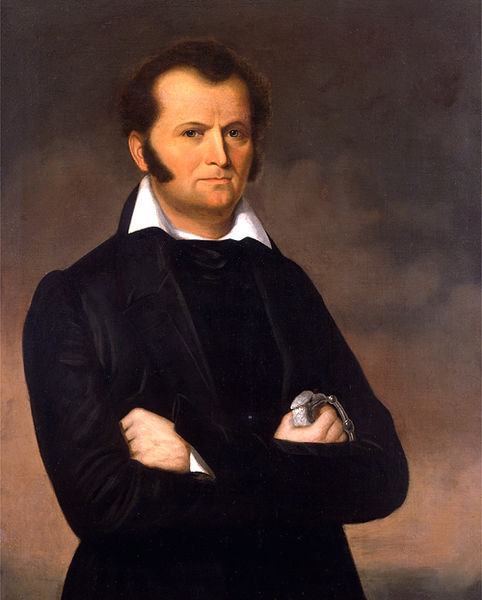
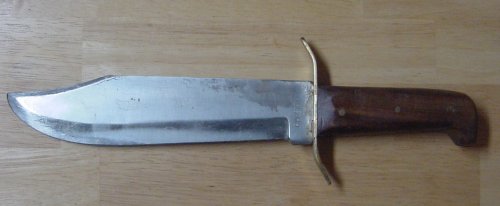
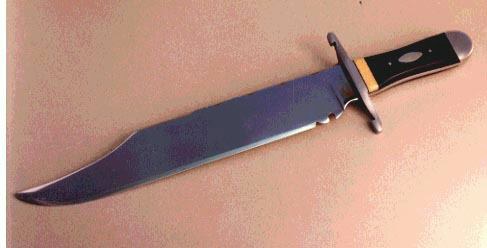
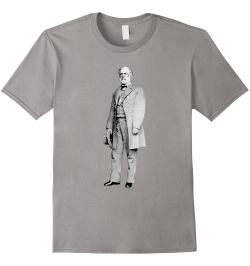
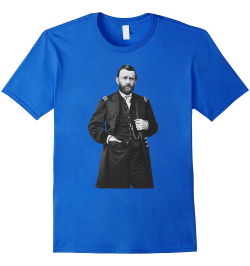

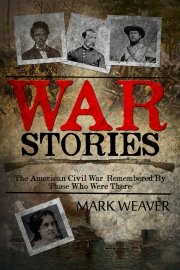
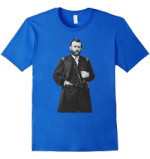
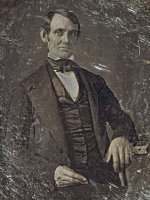
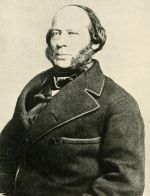
New! Comments
Have your say about what you just read! Leave me a comment in the box below.